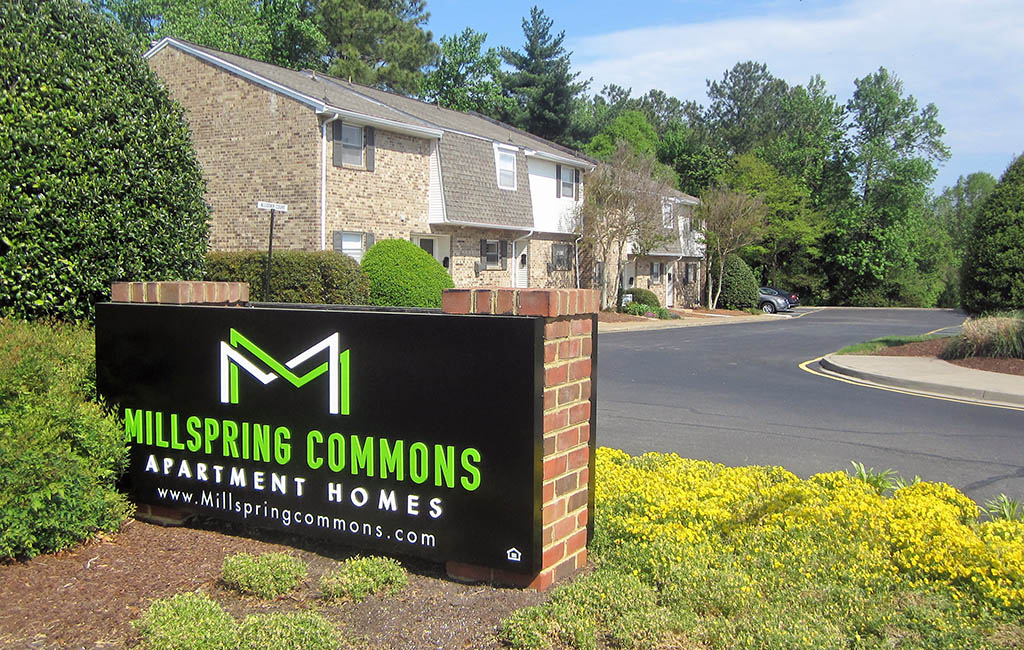What happens when an apartment community sells every other year?
235 Words
Last week, Richmond’s BizSense, a widely read on-line business journal, carried the story that a 159-unit apartment complex in the suburban West End had sold for $28.5 million. That’s a hefty price of nearly $180,000 per unit for a townhome-style community built in 1972. What was more surprising, the property had changed hands two years earlier for $20.7 million – a 38% increase.
This story is not unique to Richmond. Demand for rental housing continues to grow, confounding predictions that millennials are on the verge a shifting to homeownership. With new construction not sufficient to meet demand and interest rates staying low, investors are paying more and more for existing communities.
In this case, the buyer was a Washington based property management company and the seller was a NY based private equity firm. The expanding regional and national reach of many apartment buyers has further increased competition. We’ve written about “churn” before, meaning the ratio of new units in a housing market to units leaving the market. But here, “churning” describes something different: a phenomenon where frequent sales contribute to price escalation.
In the case of this apartment community, the churning is rapid – it’s been sold every other year since 2014. As sales prices rise, rent increases can’t be far behind. Check out our Best Practices section to see how communities around Virginia are working to keep units like these affordable.
